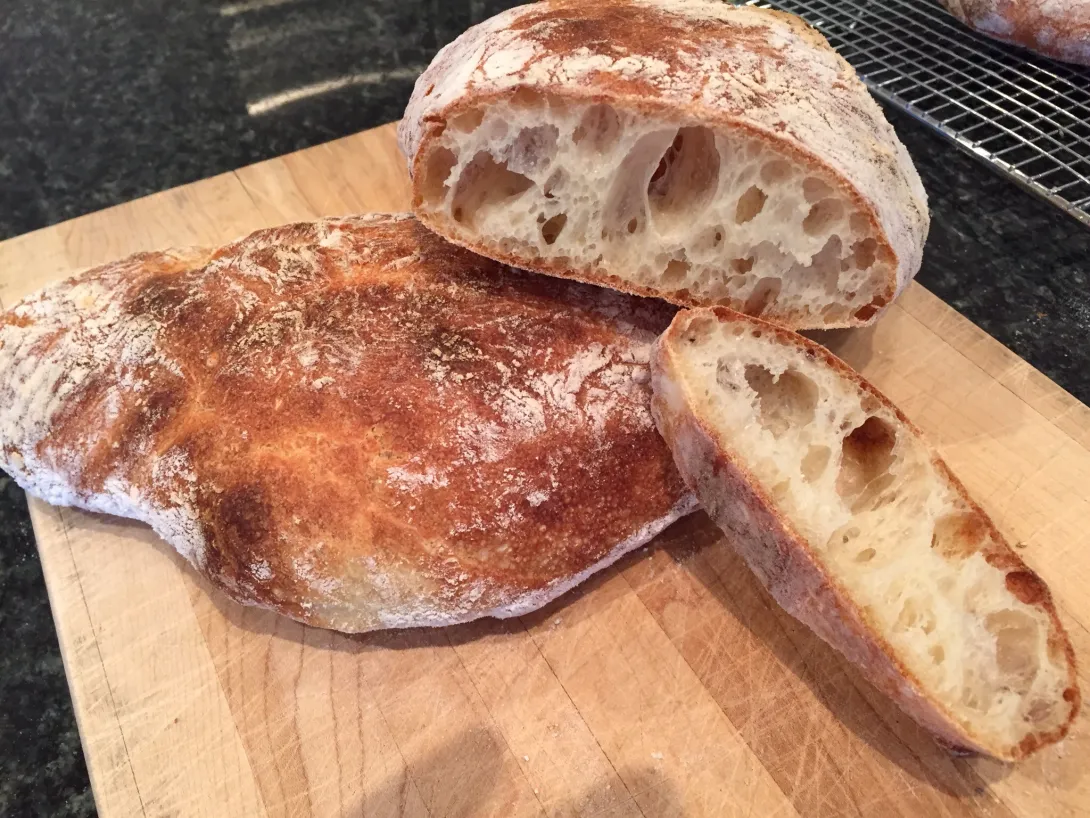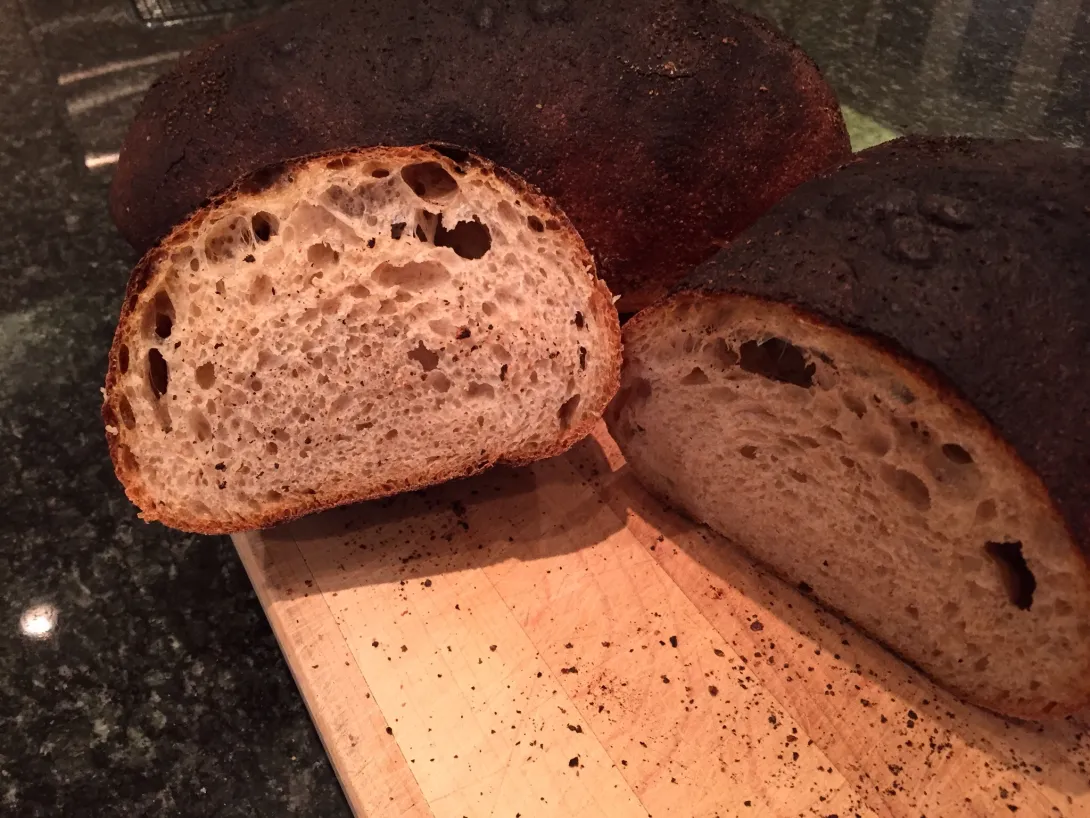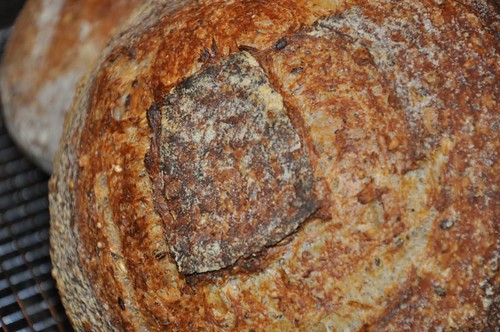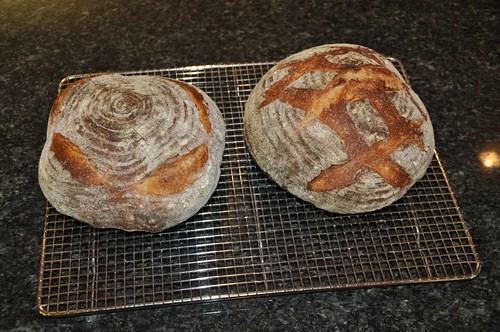Pizza Bianca alla Romana - Advice Sought

I just returned from a week in Rome. I'll limit myself to commenting only on the bread and pizza or this entry would go on way too long!
I was gratified that some of the standard breads served at most evey trattoria and restaurant looked, smelled, and tasted almost identical to Tartine's country loaf or Vermont Sourdough. We didn't have one crumb of bad bread the whole week.




